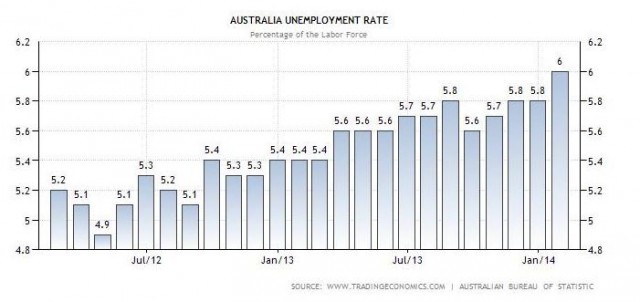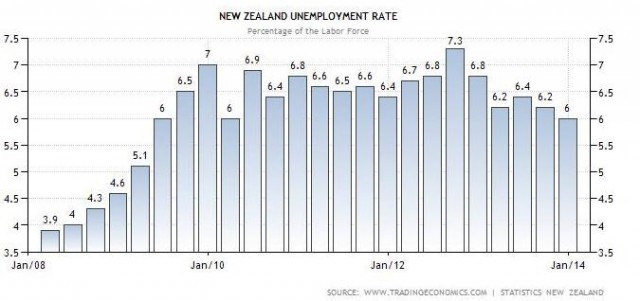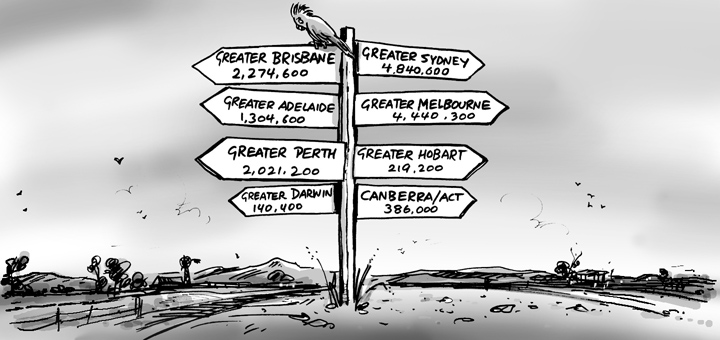Last week, Statistics New Zealand released their “International Travel and Migration” statistics for the December 2013 year. Standout figure – a net GAIN (yes gain) of 22,468 migrants to New Zealand compared to a loss of 1,165 in 2012.
Why has this happened? New Zealand is a country which is still in economic and natural disaster recovery mode, right? Australia is the biggest factor in the Kiwi brain drain. Could the tides have turned?

Statistics New Zealand point out the main reason behind this net migration change in the media release notes – “In the latest year, New Zealand had a net loss of 19,600 migrants to Australia, well down from 38,800 a year earlier. Net gains were recorded from most other countries, led by the United Kingdom (5,800), China (5,700), and India (5,400).”
The main focus was on the sharp decline in the net loss of New Zealanders to Australia – 14,522 fewer kiwis leaving for Australia than the year before along with 4,669 more people arriving to New Zealand from Australia (Kiwi ex-pats returning home?).
Source: Statistics New Zealand
So those are the figures, but why might we be seeing this turnaround and how does it fit with the public perceptions here in Australia and those in New Zealand?
This blog is timely because late last week, adjunct fellow at the Swinburne Institute for Social Research and contributing editor to the Inside Story magazine, Peter Mares, wrote a great article about the changing public perception of New Zealanders in Australia. The article provides social commentary and examples of how media has in recent times resorted to labelling New Zealanders “dole bludgers” as they “flood” into Australia looking for jobs. The point raised in the article about media reports of an “immigration back door” is a legitimate one that concerns both Australia and New Zealand where people from other countries come to New Zealand and stay there until a citizenship is gained after which they move to Australia for the perceived broader quality of life and employment opportunities.
This and some of the “immigration soaring” headlines that Peter Mares refers to, all crumble when fronted with the latest Stats NZ numbers illustrating the fall in the number of people leaving New Zealand for supposed greener pastures of Australia. Public perception is something that often simply ignores presented facts – “Kiwis scapegoat foreigners just as Aussies do…”. Meanwhile in New Zealand, the public is concerned that if things turn sour once they move to Australia, there won’t be a welfare system safety net to look out for them even though most New Zealanders who live and work in Australia pay taxes.
Back to the why question. I think the public perception of a person’s country of residence’s economy (and the one they may be looking to move to) has a lot to do with the changing migration numbers. Just look at the headlines below, the first from the Sydney Morning Herald (Dec. 2013) and the second, a mirror opposite from the New Zealand Herald (late Jan. 2014). Consumer confidence numbers seem to be heading in different directions depending on which side of the ditch you’re on. This of course affects sales and trade and is driven by other economic indicators, such as unemployment, next on my agenda.

Source: Sydney Morning Herald

Source: The New Zealand
Unemployment rates in Australia have been increasing slightly in the past couple of years and last week the Australian unemployment rate “shot up to 6%, its highest level in more than a decade”, that is, higher than during the peak of the “Global Financial Crisis” (Westpac Weekly 12 Feb. 2014). The New Zealand unemployment rate is decreasing slightly, currently at 6%, lowest since March 2010 and is forecast to be 5.9% in the March 2014 quarter, an encouraging sign of a continuous, albeit slightly slow, decrease.
Note – the charts below display 24 bars and since New Zealand unemployment data is released quarterly whereas Australia’s is released monthly – the timelines are different.

Source: Trading Economics/ABS

Source: Trading Economics/Statistics New Zealand
Australians and New Zealanders are a competitive bunch, so the opposing trends in unemployment rates are frequently discussed in the media and with many curious New Zealanders seeing headlines such as the ones below in the press, they’re either appreciating their patch of grass more, or putting off eventual moves to Australia until they see how all of this plays out.

Source: The Age

Source: The Age

Source: The Age
So what will we be talking about in a year when Statistics New Zealand release the December 2014 “International Travel and Migration” numbers? It doesn’t take a forecaster to know that you shouldn’t base sweeping statements and bold assumptions on one data point (no matter how tempting that might be). However, if similar migration numbers appear or if the trends strengthen, you can expect a lot more social commentary, as well as public and media interest.
I expect to see similar Australia-to-NZ migration numbers (+/- 10% from 2013) but even lower NZ-to-Australia migration numbers as fewer New Zealanders move to Australia. I am not an economic expert, so I invite anyone who is interested in this topic to write a comment below and tell us why they think the “change in migration tides” between Australia and New Zealand might be occurring?
Could a lot of ex-pat Kiwis who are devoted Paul Henry fans be following him back to Aotearoa? Unlikely.
Are a lot of Kiwis staying at home rather than coming across the ditch because the craft beer and boutique wine selection is so good in New Zealand?
Hmm, that assumption we might need to test.
You can access demographic profiles for New Zealand at .id’s demographic resource centre, including country of birth and migration information.



















